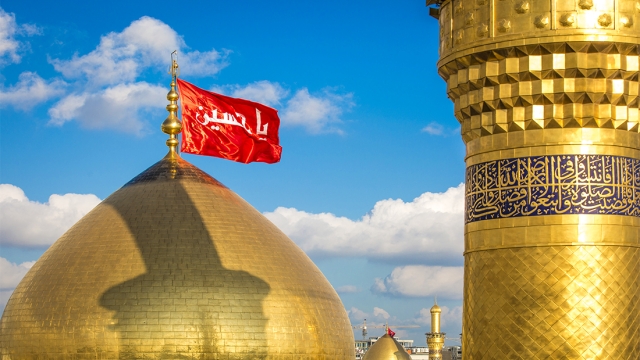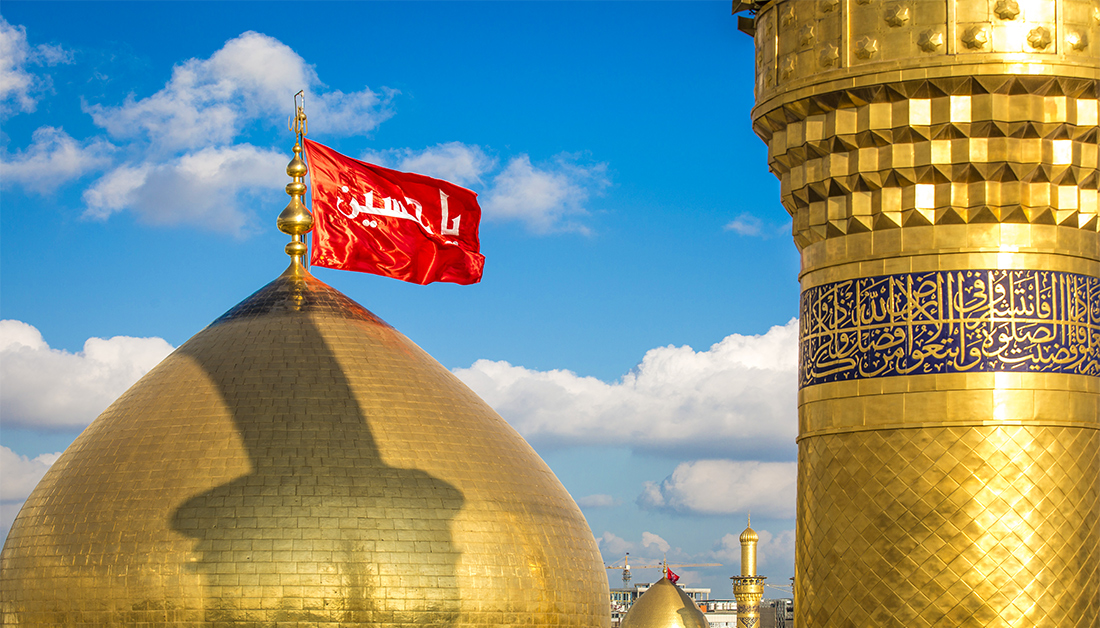
Top 10 Must-Visit Shrines in Japan: A Journey Through Sacred Spaces

Japan is a land steeped in rich traditions and spiritual significance, with countless shrines scattered throughout its picturesque landscapes. Each shrine tells a unique story, reflecting the deep-rooted beliefs of Shintoism and the cultural history of the regions they inhabit. From towering torii gates to serene gardens, these sacred spaces are not just places of worship; they are gateways to understanding the heart and soul of Japanese culture.
As you embark on a journey through these remarkable shrines, you will discover the serene beauty and profound spirituality they offer. This guide presents the top ten must-visit shrines in Japan, carefully ranked for their unique attributes, historical importance, and breathtaking scenery. Whether you are a seasoned traveler or a first-time visitor, these sacred spaces promise to leave a lasting impression and provide a glimpse into the spiritual essence that defines Japan.
Historical Significance
Shrines in Japan are deeply rooted in the country’s history, reflecting the evolution of its spiritual and cultural heritage. Many of these sacred spaces have been active for centuries, serving as places of worship, community gatherings, and significant historical events. They offer insight into the Shinto religion, which emphasizes the veneration of kami, or spirits, that inhabit various elements of nature. This long-standing tradition showcases the Japanese people’s reverence for nature and their belief in the interconnectedness of all living things.
Notably, many shrines were influenced by significant historical figures and events, enhancing their importance in the national consciousness. For instance, Ise Grand Shrine, dedicated to the sun goddess Amaterasu, has been a focal point of Shinto practice for more than a millennium. Its rituals and architecture illustrate the age-old customs that continue to shape Japanese identity today. Similarly, Fushimi Inari Taisha, famous for its thousands of vermilion torii gates, not only reflects the artistic beauty of Japanese craftsmanship but also highlights the significance of Inari, the deity of rice and agriculture.
The architectural styles of these shrines also reveal their historical significance, as many exhibit distinct designs that have evolved over time. The use of natural materials, the harmony of structures with their surroundings, and the intricate craftsmanship provide a glimpse into various historical periods and regional influences. Visiting these shrines allows one to connect with Japan’s past, offering a profound appreciation for the cultural traditions that have endured through generations.
Cultural Importance
Shrines in Japan are not only places of worship but also significant cultural landmarks that embody centuries of history and tradition. They serve as a physical representation of Shinto beliefs, which emphasize the worship of kami, or spirits, that inhabit natural elements. Each shrine is a gateway to understanding the spiritual relationship the Japanese people have with nature and their ancestors. This connection is reflected in the architecture, rituals, and festivals that take place, showcasing the deep-rooted heritage that shapes Japanese identity.
Visiting these sacred spaces allows individuals to experience the cultural practices that have been passed down through generations. Shrines host seasonal festivals, ceremonies, and events that celebrate the cycles of life, agricultural bounty, and community bonds. Through these activities, visitors gain insight into the values and communal spirit that Japanese culture cultivates. This not only enriches the visitor’s experience but also allows for the preservation of traditions that might otherwise fade away in modern society.
Moreover, the role of shrines extends beyond spiritual guidance; they also serve as centers of community engagement. Many shrines offer places for social activities, cultural performances, and educational programs, creating a vibrant community hub. The interweaving of religion, culture, and community makes these shrines vital not just for personal reflection and worship, but also for the continued vitality of cultural practices in Japan. Consequently, the cultural importance of shrines cannot be overstated, as they are indeed a living testament to Japan’s rich heritage. As you explore the breathtaking landscapes of Japan, you can Discover countless shrines, each offering a glimpse into the rich traditions and spiritual significance that define this remarkable country.
Top Shrine Highlights
Visiting shrines in Japan is a journey that connects us to history, culture, and spirituality. Each shrine carries its own unique stories and architectural styles, reflecting the local traditions and beliefs of the communities that have nurtured them over centuries. Shrines like Fushimi Inari Taisha, with its thousands of vermilion torii gates winding up the mountainside, enchant visitors with their striking beauty and intimate connection to nature.
Another gem is the Meiji Shrine, located in the heart of Tokyo. Surrounded by a lush forest, this shrine dedicated to Emperor Meiji and Empress Shoken offers a serene escape from the bustling city. The stunning entrance made of massive timber and the peaceful atmosphere create a perfect backdrop for reflection and reverence. Its cultural significance is also highlighted during traditional Shinto weddings, which attract many visitors wanting to witness the beauty of the ceremonies.
In the northern region, the iconic Toshogu Shrine in Nikko stands out with its ornate decorations and intricate carvings. Dedicated to Tokugawa Ieyasu, the founder of the Tokugawa shogunate, this UNESCO World Heritage site showcases the grandeur of feudal Japan. Visitors are often captivated by the Yomeimon Gate, adorned with over five hundred intricate carvings, and the overall artistry that exemplifies the skills of ancient craftsmen. The serene setting and rich history make Toshogu Shrine a must-visit for anyone interested in the shrine rankings in Japan.
Visitor Information
When planning a visit to the shrines in Japan, it is important to check their opening hours and any specific regulations in place. Many shrines are open year-round, but some may have restricted access during certain ceremonies or festivals. It is advisable to visit the official website or contact the shrine directly for the latest information before your trip.
Transportation to these sacred spaces varies, with most shrines easily accessible via public transit. Major shrines located in urban areas are often serviced by local trains and buses. If you’re visiting more remote locations, consider renting a car or checking for shuttle services that may operate during peak seasons. Ensuring you have a reliable navigation app will help you find your way to these enchanting sites.
Cultural etiquette is a vital aspect of visiting shrines. Visitors should be respectful of the rituals and customs observed at these sacred locations. This includes bowing at the torii gate, purifying hands at the temizuya, and following the correct procedures during offerings. Dressing modestly is also recommended to show respect for the spiritual significance of these spaces.



